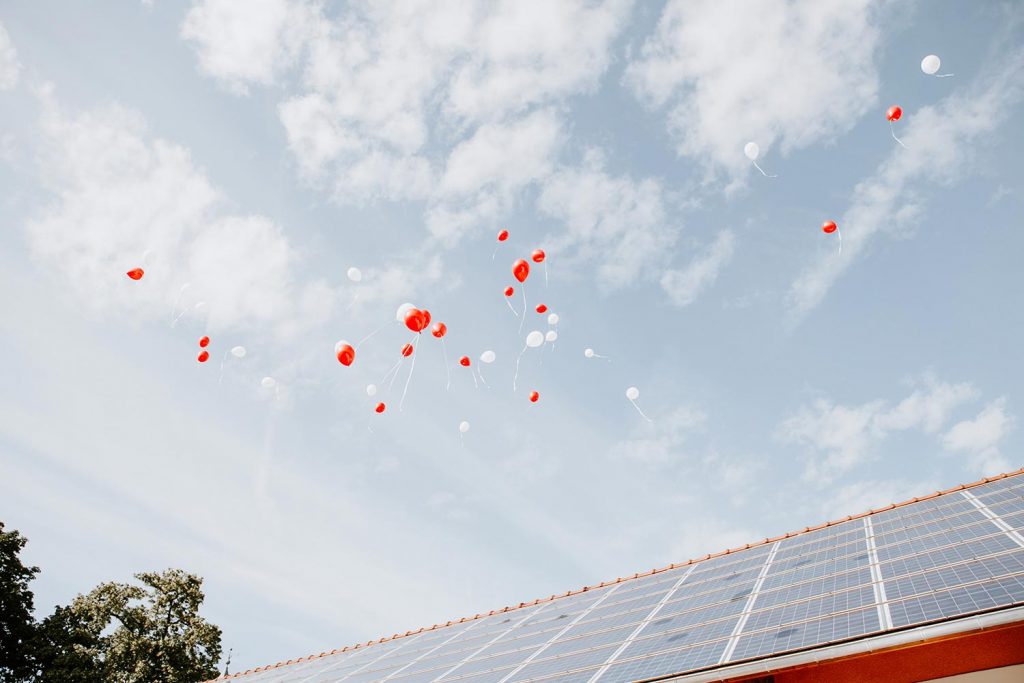We all know how beneficial it can be for the environment to switch to renewable energies such as solar energy, but many of us doubt whether doing so will pay off financially. This happens because the initial price of installing solar panels systems intimidate us, and we think that even in the long term it will not be profitable.
In this article we explain how to calculate the profitability of solar panels to show you that the price does indeed pay off.
How long will it take to pay off the installation of solar panels?
This is very easy to find out. The cost of the installation will be amortised when the money we have saved thanks to it reaches the amount we initially invested. We must remember that although the price of a photovoltaic installation may be high at first, in the end this money is more than recouped in the long term, especially if we are lucky enough to live in a sunny location, which is most of Spain.
To calculate how long it will take to recoup your initial investment you need to know how much solar energy (watt-hours) your solar panels generate, how much self-generated energy you consume and therefore how many kilowatts from the grid you save. This time until the savings catch up with the investment is called the payback period.
It is also worth mentioning that nowadays there are a lot of government grants and subsidies available for these types of renewable energy installations, in an attempt to gradually move towards cleaner energy. These grants will greatly reduce the cost of the installation and therefore significantly reduce the payback period.
How is the payback period calculated?
The factors to consider when calculating the payback period of our solar installation are as follows:
- How much money we have received in the form of subsidies and grants: as we have already mentioned, there are certain incentives and tax breaks that can save us a good part of the cost of our solar panel installation. We must take these subsidies into account in order to subtract them from the final cost.
- Gross cost of the installation of our photovoltaic panels: knowing this, we can subtract the money we have saved thanks to the state subsidies, and we will obtain the net price of our installation the real money we will pay. The gross cost of the installation of our solar panels will depend on the size of our installation and the type of solar panels we decide to install.
- Our average monthly consumption: this is the amount of kWh that our home consumes in a month. It is very important to know approximately how much we consume to install the solar panels in an optimal way - without falling short and having to remain partially dependent on the electricity grid and without installing an excessive number of panels, which would increase the cost unnecessarily. In this way you will achieve the maximum possible savings. The higher your electricity bill (and therefore the more solar panels you install), the higher your savings and therefore the shorter the payback time.
Estimation of the energy produced by our photovoltaic installation: once we know the dimensions, we need for our solar panel installation we have to take into account the available surface area we have to install them, the variations in daylight hours between the different seasons, the typical climatology of the area where we live... Once we know this, we will be able to estimate quite accurately the energy that our photovoltaic panel installation will produce.


